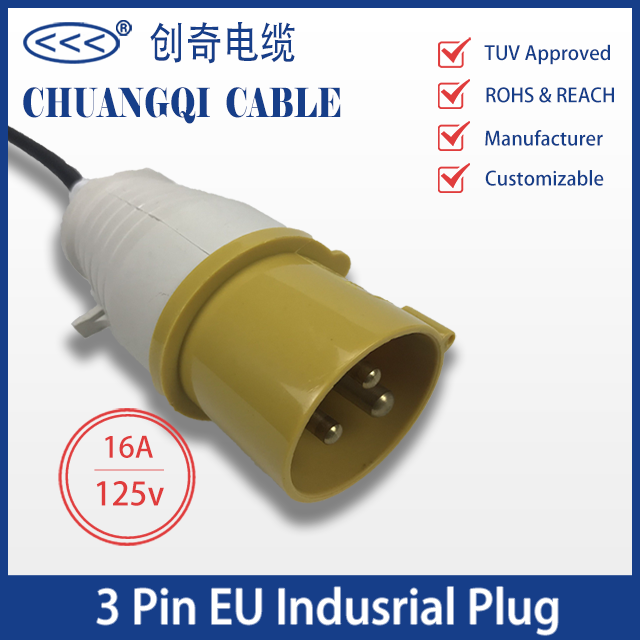Water in the cable is a very troublesome thing. So far, […]
Water in the cable is a very troublesome thing. So far, there is no particularly effective way to solve it. Either make an intermediate joint or replace the cable as a whole. In view of the water in the cable, we generally adopt the precautionary choice.

1. The hazard of water in the cable
Generally speaking, after the cable enters the water, the phenomenon of "water tree aging" will occur under the action of the electromagnetic field. The damage of the cable will only be a matter of time, which will eventually lead to the cable breakdown.
Second, the reason for the water in the cable
1. When the cable is laid and stored, the cable heads at both ends are not sealed or the sealing is not good, and water vapor penetrates into the cable.
2. During the cable laying process, the cable head is not well sealed and soaked in water. Perhaps when laying through the pipe, the outer insulation of the cable is broken and water seeps into the cable.
3. After the cable is laid, the cable heads at both ends are not made in time, and they are exposed to the air or humid environment for a long time.
4. Local cable breakdown occurred during the operation of the cable power supply, and water infiltrated the cable.
Of course there are many other reasons, I won't list them all here.
Three, the solution of water in the cable
1. After the cable is laid, make the cable head in time and complete the wiring to eliminate hidden dangers in the bud.
2. If only the two ends of the cable are in water, just cut off the ends and reconnect the cable ends.
3. If the cable has an obvious water inlet point, it is necessary to cut the cable near the water inlet point and make the intermediate joint.
4. Outdoor cable wells may inevitably have water in the cable channel, try to fix the cables with brackets.
5. Use special hot nitrogen for pressure drying inside the cable, generally there is no such professional equipment.
6. Perform regular pressure and leakage tests on cables to ensure timely understanding of the operating status of the cables.
All in all: Generally, before the cable enters water, the best solution is to take precautions! Beware! Beware! Once the water enters, the cable needs to be replaced to a large extent, and it is almost scrapped!